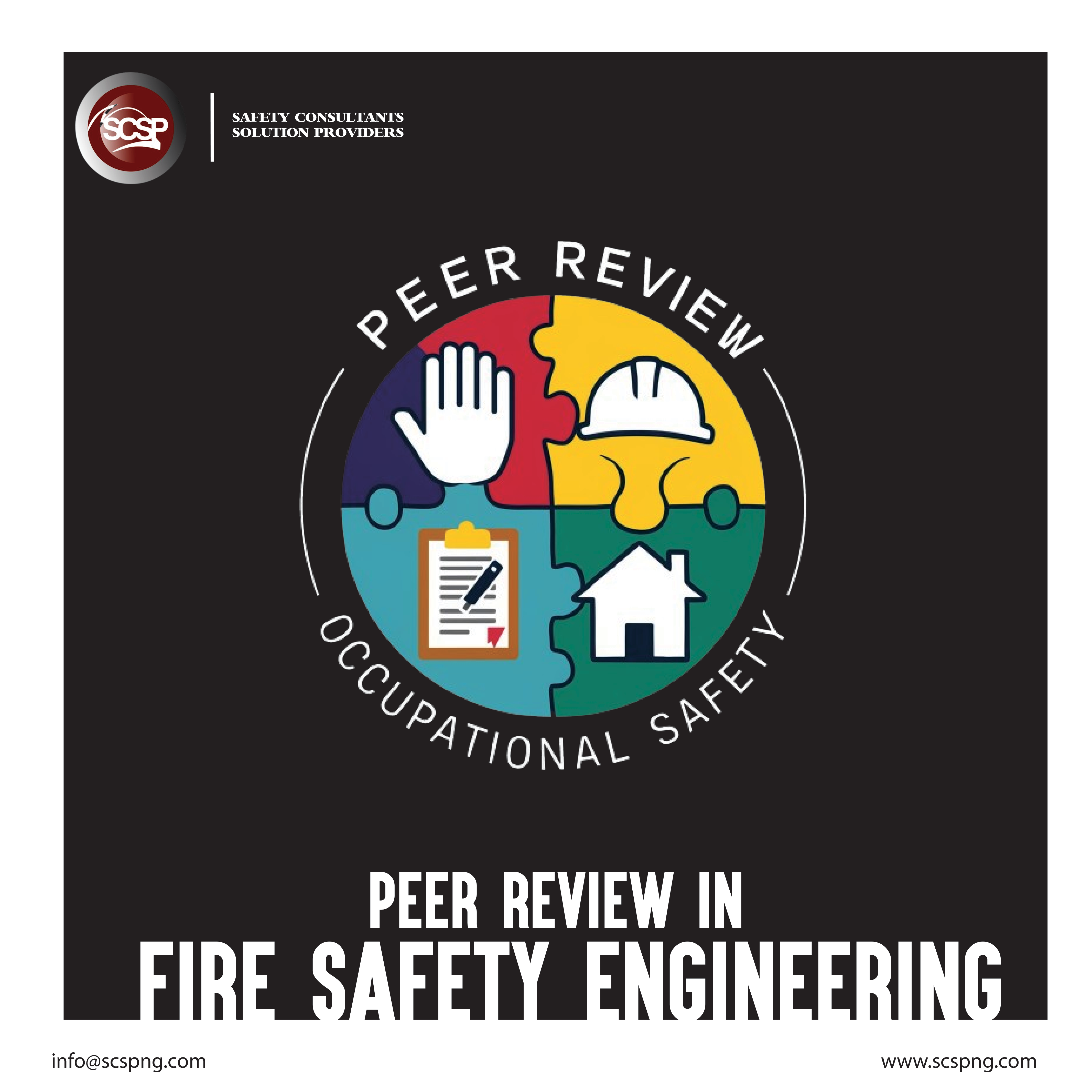
Peer review plays a pivotal role in ensuring rigorous standards and advancing innovation in fire safety engineering. This collaborative process involves experts from academia, industry, and regulatory bodies critically evaluating research, methodologies, and practical applications within the field. In fire safety engineering, peer review begins with the submission of research papers, proposals, or engineering designs for evaluation by peers who possess specialized knowledge and experience. These reviewers assess the technical soundness, accuracy of calculations, appropriateness of methodologies, and adherence to relevant codes and standards such as NFPA (National Fire Protection Association) and ISO (International Organization for Standardization).
Peer review in fire safety engineering fosters excellence by promoting transparency, rigor, and reliability in research and practice. For instance, in the development of new fire suppression systems, peer reviewers scrutinize experimental data, simulation models, and performance criteria to ensure that proposed systems meet safety requirements and effectively mitigate fire risks. Case studies from the construction industry demonstrate the impact of rigorous peer review. Following the Grenfell Tower fire tragedy in London, peer-reviewed investigations identified deficiencies in building materials and fire safety strategies, leading to comprehensive reforms in fire safety regulations and building codes across the UK and beyond.
Moreover, peer review serves as a cornerstone for continuous improvement and adaptation to emerging challenges in fire safety engineering. For example, advancements in materials science and digital simulation technologies have prompted peer-reviewed studies on the fire-resistant properties of new building materials and the effectiveness of computer-aided modeling in predicting fire behavior. These reviews validate innovations and ensure that new technologies uphold safety standards while offering potential advancements in fire safety strategies.
Looking ahead, the role of peer review in fire safety engineering is set to expand with the integration of data-driven approaches and interdisciplinary collaborations. Real-time monitoring systems, IoT sensors, and predictive analytics are transforming fire safety practices, offering opportunities for peer-reviewed research to validate the reliability and effectiveness of these technologies. By leveraging peer review to validate research findings, exchange knowledge, and uphold standards, fire safety engineers can continue to innovate, enhance safety protocols, and mitigate fire risks effectively in diverse environments and applications.
Conclusively, peer review in fire safety engineering not only upholds rigorous standards but also drives continuous improvement and innovation. Through meticulous evaluation of research and practical applications, peer reviewers ensure that fire safety strategies and technologies meet the highest levels of reliability, effectiveness, and compliance with regulatory requirements. As technologies evolve and challenges grow, the role of peer review remains indispensable in safeguarding lives, protecting property, and advancing the field of fire safety engineering globally.
Read more INFRASTRUCTURE FIRE ENGINEERING and FIRE SAFETY ENGINEERING IN NIGERIA AND THE STRATEGIES FOR RISK MITIGATION









